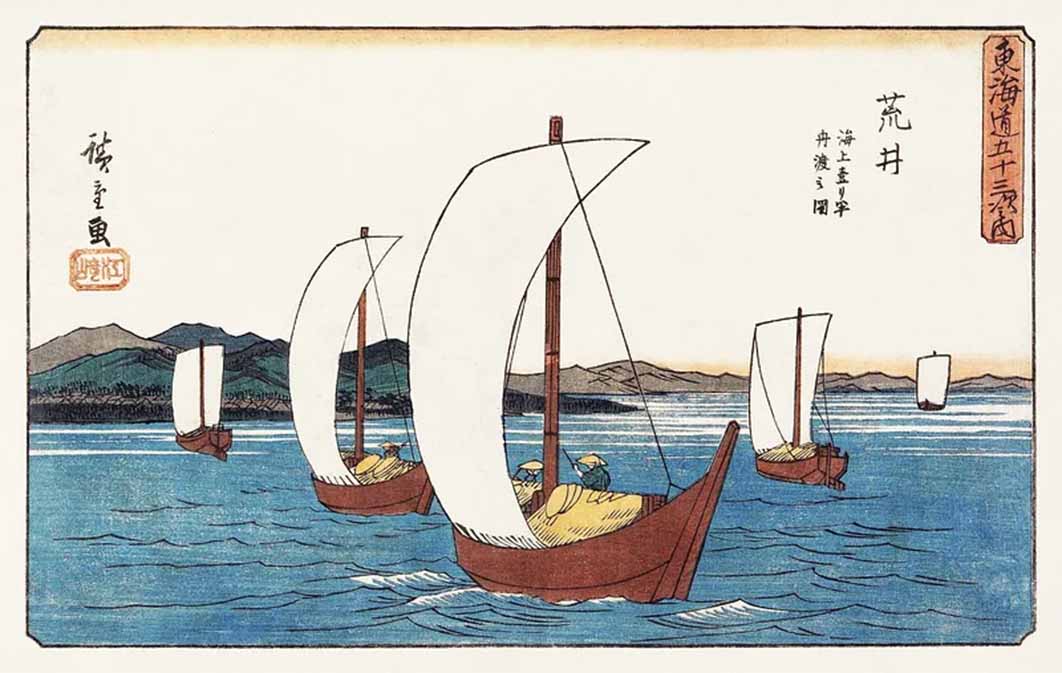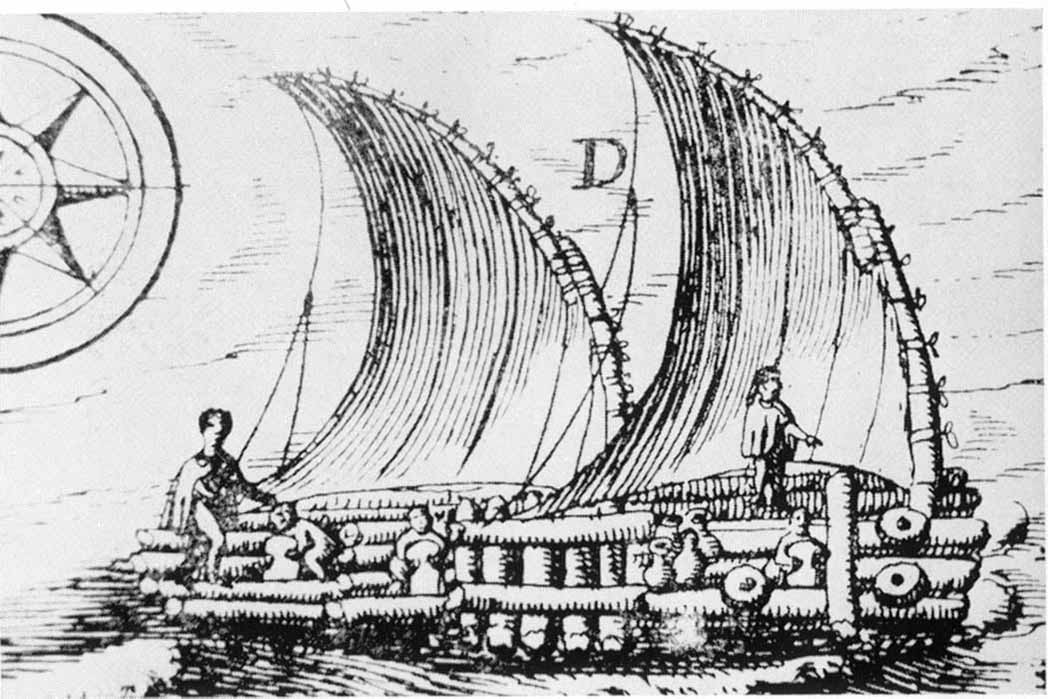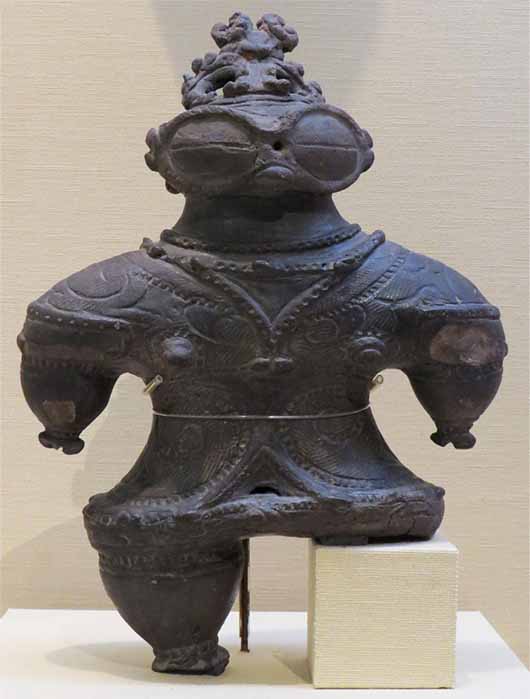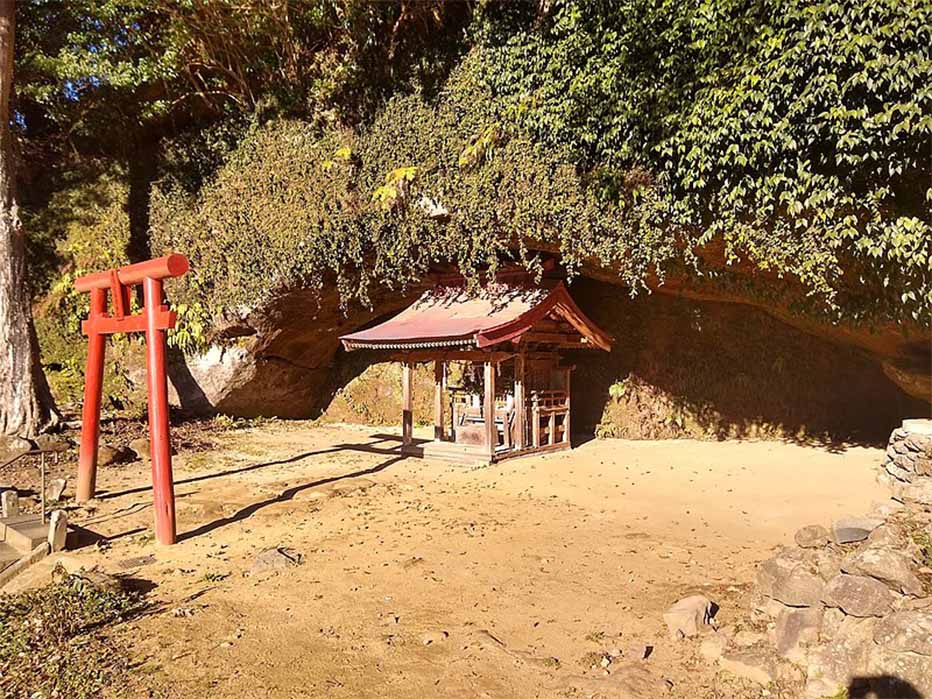
Did Ancient Japanese Fishermen Reach South America 5,000-Years-Ago?
The notion that pre-Columbian cultures from Europe, Africa, or Asia sailed across the Atlantic and Pacific oceans to discover America, is a popular theory backed by numerous books and television documentaries. While most of these claims seem baseless, one theory did gain some credibility, in that it was backed by a reputable archaeologist from the esteemed Smithsonian Institution, the so-called ‘Jōmon-Valdivia hypothesis’. Until recently, mainstream historians and archaeologists most often shunned ideas about ancient transcontinental oceanic travel and the entire notion was considered as pseudoscience. Even in the face of new findings around the world that support the idea that oceans were travelled by ancient peoples who had both the motivation, and means to do so, many archaeologists still refuse to engage with the term “ancient transoceanic voyage.” And this is not as dogmatic as one might at first think, for the history of the subject is infected with mistakes, misinterpretations, and hoaxes that have left trails of confusion in their wake.

A drawing of a raft (balsa) near Guayaquil, Ecuador in 1748. The drawing resembles the description given by 16th-century Spanish explorers of the rafts used by Indians. (Public Domain)
Some theorists suggest that the lost tribes from Israel appeared in North America, or that Phoenicians made it to Lake Titicaca in Bolivia, but no one story has left such a wake of confusion as the ‘Jōmon-Valdivia hypothesis’, a 50-year long archaeological delusion that suggested the ancient peoples of Ecuador did not develop their own culture, but that they inherited it from prehistoric fishermen from Japan around 3000 BC.

Final Jōmon dogū (土偶) earthenware figure (c. 1000 - 400 BC) (CC BY-SA 4.0)
The Jōmon period in Japanese history extended from circa 14,000–300 BC and represents an epoch when diverse hunter-gatherer groups merged with early agriculturalists through a common Jōmon culture. The name ‘Jōmon’ means cord-marked, referring to the twisted cord impressions that decorate the iconic pottery from this time, which is generally accepted to be among the oldest decorated clay crafts in the world. The earliest pottery fragments in Japan were found at the Odai Yamamoto I site in 1998 and date back to 14,500 BC, and similarly dated pottery was later recovered from the Kamikuroiwa archaeological site, and from within the Fukui cave.

Fukui cave as viewed from the west. Pottery fragments discovered at this site dated back to around 12,700 years ago, and as such, they are regarded as being among the oldest ever discovered, anywhere. (Epachamo / CC BY-SA 4.0)
The earliest examples of pottery found in the cave were not cord-marked pottery, but they were heavily decorated with appliqué of dots and strips of clay. Pottery examined by CT scans identified organic fibers from a fern that had been deliberately kneaded into the clay. By the Middle Jōmon period, (3520–2470 BC) there was an increase in the complexity of pit-house designs, with some even having crude stone floors. However, what has never been found in Japan is as much as a nail to support the notion that these people were building, and then navigating, huge transoceanic ships all the way to the Americas. Nevertheless, that is what one pair of North American scientists from the Smithsonian Institute suggested in the 1950s, when they announced their controversial ‘Jōmon-Valdivia’ hypothesis.




